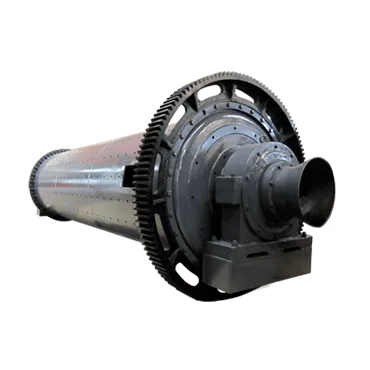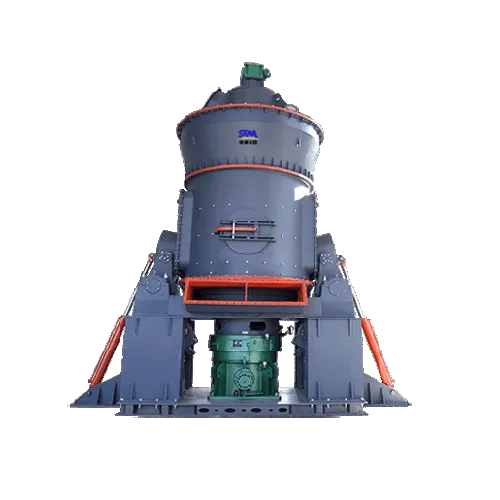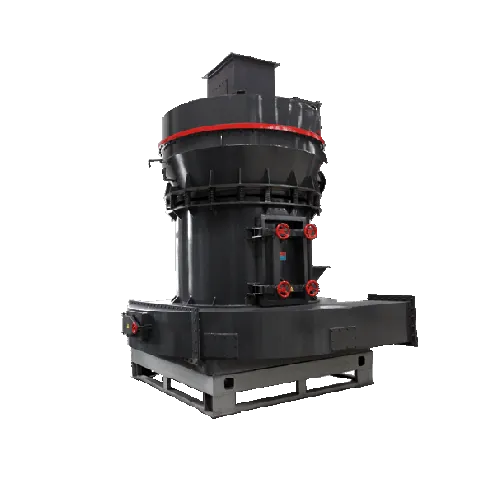Summary:Nano calcium carbonate is also called ultra-fine calcium carbonate, and the standard name is ultra-fine calcium carbonate. Nano-calcium carbonate is a new type
Nanometer calcium carbonate is also called ultra-fine calcium carbonate, and the standard name is ultra-fine calcium carbonate. Nano-calcium carbonate is a new type of ultra-fine solid powder material developed in the 1980s, and its particle size is between 0.01 and 0.1 μm. Due to the ultra-refinement of nano-calcium carbonate particles, its crystal structure and surface electronic structure change, resulting in quantum size effect, small size effect, surface effect and macroscopic quantum effect that ordinary calcium carbonate does not have.
Application of Nano Calcium Carbonate
Nanometer calcium carbonate is a collection of nanometer scale powder high-performance calcium carbonate series products. It is an important inorganic new material product, widely used in papermaking, plastics, adhesives and other fields.
The most mature industry of nano calcium carbonate application is the plastic industry, which is mainly used in high-grade plastic products. It can improve the rheology of plastic masterbatch and improve its formability. Used as a plastic filler, it has the effect of toughening and reinforcing, improving the flexural strength and flexural modulus of elasticity, thermal deformation temperature and dimensional stability of the plastic, and at the same time endows the plastic with thermal hysteresis.
Nano calcium carbonate used in ink products shows excellent dispersion and transparency and excellent gloss, as well as excellent ink absorption and high drying. Nano calcium carbonate is used as ink filler in resin ink, which has the advantages of good stability, high gloss, does not affect the drying performance of printing ink, and has strong adaptability.

Production Process Of Nano Calcium Carbonate
The industrial production method of nano-sized precipitation of calcium carbonate is mainly carbonization, that is, carbonation of calcium hydroxide water-based slurry with gas containing carbon dioxide. At present, the main production methods of nanoscale calcium carbonate carbonization are cryogenic freezing and normal temperature.
Low temperature freezing method generally starts carbonization below 25℃, and the calcium hydroxide slurry needs to be cooled. This production process needs to be equipped with low temperature freezing device, which has large equipment investment and high energy consumption.
The initial carbonization temperature of the normal temperature method does not need to be chilled, and carbonization can be carried out at normal temperature (10-50℃). However, most carbonization systems need to add morphology control agents, such as sucrose, which often bring impurities to the products, such as reducing the whiteness of the products. At the same time, the COD of pressure filter water increased.
The production process of nano calcium carbonate mainly uses carbonization, mainly including intermittent carbonization, continuous spray carbonization, supergravity carbonization and other production methods.
Intermittent Bubble Carbonization
The intermittent bubbling carbonization method is a commonly used production method at home and abroad. This method is to cool the purified calcium hydroxide emulsion to below 25 °C, pump it into the carbonization tower and maintain a certain liquid level, and pass the carbon dioxide-containing liquid through the bottom of the tower. The carbonization reaction is carried out by bubbling the kiln gas, and the nano calcium carbonate is prepared by controlling the reaction temperature, concentration, gas-liquid ratio, additives and other process conditions. This method has low investment, simple process and operation, but high energy consumption, difficult to control process conditions, and wide particle size distribution.
Batch Stirring Carbonization
The intermittent stirring carbonization method adopts a low temperature stirring bubbling tank carbonization reactor, and prepares calcium carbonate with different crystal structures and different particle sizes by adding a crystal form control agent. The method is to pump calcium hydroxide emulsion below 25°C into the carbonization reaction tank, introduce carbon dioxide, and carry out carbonization reaction in a stirring state, and prepare nano-calcium carbonate by controlling the reaction temperature, concentration, stirring speed, additives and other process conditions . This method has become the main method for the production of nano-calcium carbonate in recent years due to the large gas-liquid contact area of stirring, the more uniform reaction, and the narrower product particle size distribution.
Reasons Why The Intermittent Stirring Carbonization Method Is Widely Used
Due to the many factors that affect the particle size of the product, the intermittent stirring carbonization method is difficult to control in the industrial production process, so there are disadvantages such as poor repeatability and uneven particle size distribution; the carbonization reactor has large negative effects of the amplification test, and the reaction cycle is large. Unfavorable factors such as long time and low production capacity of a single equipment. In view of the above deficiencies, major improvements have been made in carbonization reaction process control and calcium carbonate particle surface modification, mainly to solve the problems of particle distribution, surface treatment optimization, particle secondary agglomeration, etc., so that the product quality has been further improved. The preparation technology has the following characteristics:
1. Meet and partially exceed the indicators of similar foreign products;
2. The particle properties (morphology, particle size, crystal form) are controllable, forming a series of nano-calcium carbonate products in different forms, which are suitable for the requirements of particle morphology for various purposes;
3. The product performance is stable and repeatable. The 0.1kt/a pilot test, 3kt/a industrial test and 15kt/a production line synthetic particles have the same performance as the small-scale product particles, and the batches are quite repeated, eliminating the need for chemical production. the amplification effect;
4. the surface modification treatment of nano calcium carbonate has been carried out, and a series of nano calcium carbonate products for different purposes such as automotive primers, coatings, sealants, plastics, rubbers and inks have been formed.
Read More About Calcium Carbonate,
Bentonite Differences In Domestic And Foreign Applications



